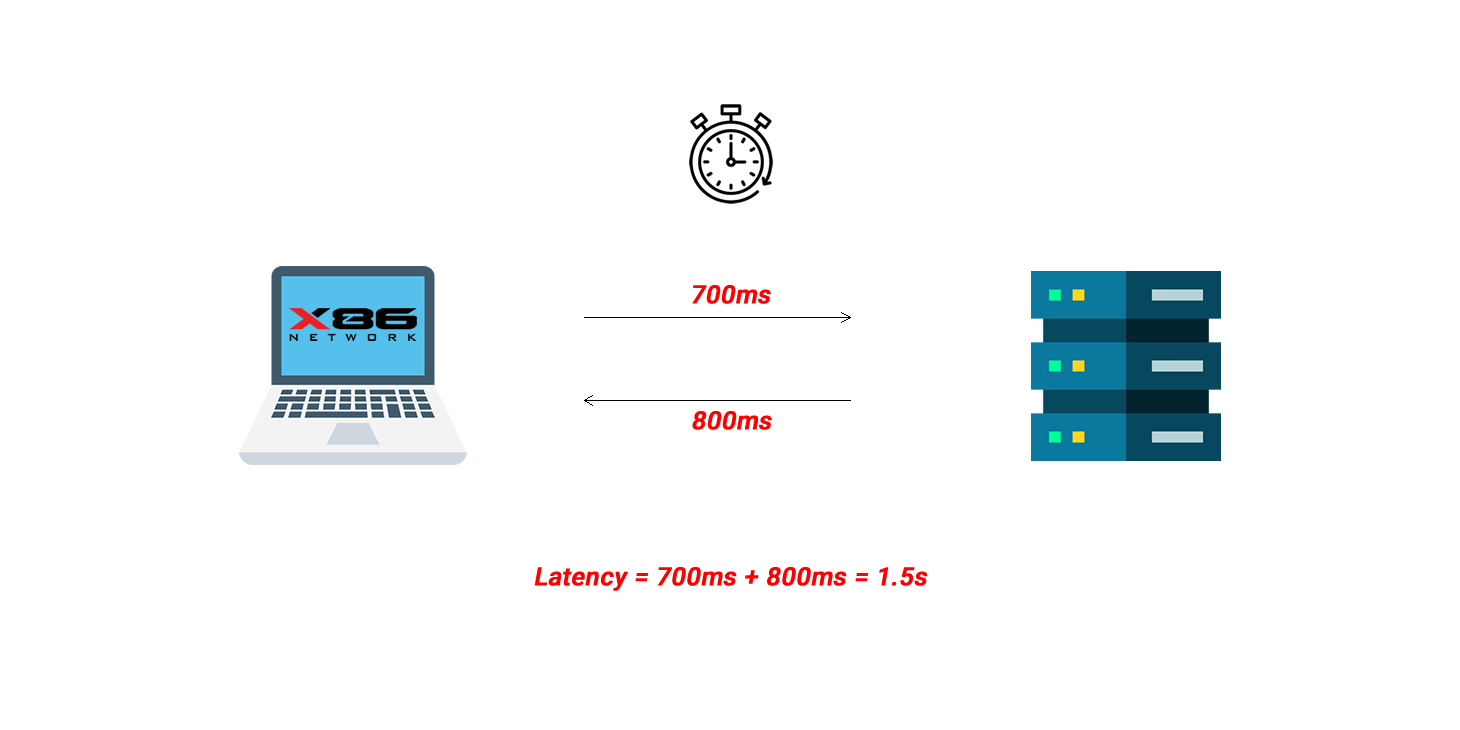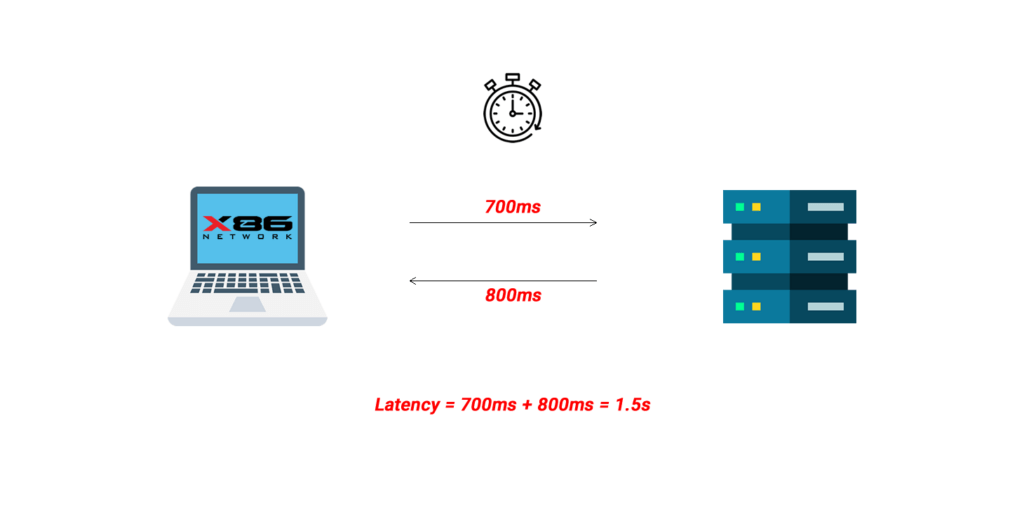In today’s interconnected world, where virtually every aspect of our lives hinges on seamless digital interactions, the efficiency and reliability of network connections stand as vital pillars of modern communication. Whether you’re streaming a high-definition movie, participating in a critical video conference, or accessing cloud-based applications for business operations, the swift and dependable transmission of data packets across networks significantly impacts the quality of your experience.
In the realm of digital connectivity, ensuring smooth and rapid data transfer is paramount. The duration it takes for data to traverse from one point to another, encompassing various factors such as distance, infrastructure quality, and protocol efficiency, plays a pivotal role in determining the responsiveness and effectiveness of online activities. This delay, often referred to as network latency, is a critical aspect of network performance that directly influences user satisfaction and productivity.

Network latency refers to the delay or time it takes for data to travel from one point to another over a network. It is typically measured in milliseconds (ms) and can be caused by various factors, such as distance, network congestion, routing inefficiencies, and processing delays. Network latency can negatively impact the performance of applications, services, and communication across a network, especially in real-time applications where low-latency communication is critical, such as online gaming, video streaming, and voice-over IP (VoIP) services.
Here are some key factors that can affect network delay:
When a network is congested, meaning there is a high volume of traffic, packets of data can be delayed as they wait for their turn to be transmitted. This is known as “congestion latency.”
When data is transmitted from one device to another, it may need to be processed by intermediate devices, such as routers or switches, along the way. This processing time can add to the overall latency of the network.
The medium used to transmit data, such as fiber optic cable or wireless signals, can also affect the delay. For example, fiber optic cables can transmit data much faster than copper cables.
The design of a network, such as the routing protocol used, can also affect the delay. Some protocols may be more efficient than others, resulting in lower latency.
How to Resolve Network Latency Issues?
To reduce latency, network engineers can implement a variety of techniques, such as optimizing network architecture, using faster transmission media, and reducing network congestion. They may also use specialized hardware, such as high-speed switches and routers, to minimize processing time.
Ensuring that the network infrastructure, including switches, routers, and cables, is configured and optimized for maximum performance can help reduce network delay. This may involve implementing Quality of Service (QoS) policies to prioritize critical traffic, optimizing routing tables, and upgrading network hardware to handle higher bandwidth demands.
Network congestion, which occurs when there is an excessive amount of traffic on a network, can lead to increased latency. This can be addressed by implementing traffic management techniques, such as traffic shaping, load balancing, and traffic prioritization, to reduce congestion and ensure smooth data flow.
CDNs are distributed networks of servers that store and deliver content, such as images, videos, and other assets, from geographically dispersed locations. By utilizing CDNs, content can be served from a server that is geographically closer to the end user, reducing the latency associated with retrieving content from a distant server.
Optimizing the performance of applications can also help reduce network delay. This can involve techniques such as using compression for data transmission, reducing the size of data packets, optimizing database queries, and employing efficient coding practices.
Network protocols, such as TCP/IP, can impact network latency. Reviewing and optimizing network protocols, such as adjusting TCP window size or using alternative protocols designed for low-latency communication, can help reduce latency.
Network paths can impact latency, especially in wide-area networks (WANs) where data may traverse multiple hops. Choosing optimal network paths, such as selecting the shortest or least congested path, can help reduce latency. This can be achieved through techniques such as Multiprotocol Label Switching (MPLS), virtual private networks (VPNs), and other routing strategies.
Regular monitoring of network performance and identifying and resolving network issues, such as faulty hardware, misconfigurations, or network bottlenecks, can help improve network delay.
Why Does Network Latency Matter?
X86 Network provides various connectivity services and solutions such as Dedicated Internet Access (DIA), Data Center Interconnect (DCI), and our engineered network, all designed to ensure optimization and reliable connectivity. By leveraging advanced technologies and industry best practices, X86 Network aims to minimize latency and deliver exceptional performance across its network infrastructure.
In conclusion, network latency is a crucial factor that influences the performance and usability of online applications and services. By understanding the causes of the delay and implementing strategies to minimize it, organizations and individuals can ensure a seamless and responsive online experience for users across the globe. From real-time communication to gaming and e-commerce, reducing latency is key to unlocking the full potential of the internet and delivering exceptional user experiences.






